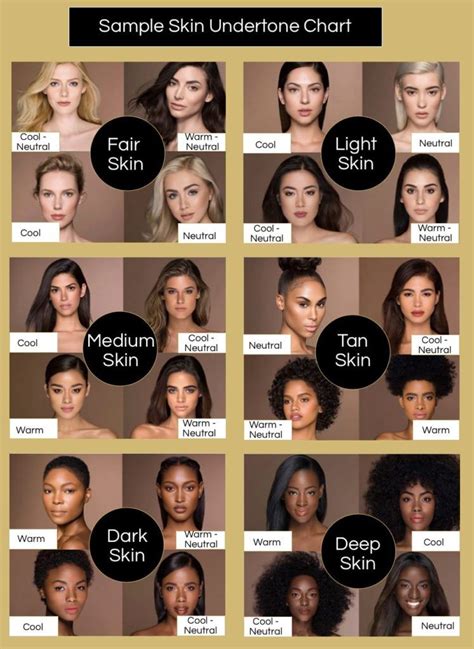Hair Color Match: The Ultimate Guide to Finding Your Perfect Shade
Choosing the right hair color can be a daunting task. With so many different shades and tones to choose from, it can be difficult to know where to start. But don’t worry, we’re here to help! In this article, we’ll provide you with everything you need to know about hair color matching.

We’ll start by discussing the different factors that you need to consider when choosing a hair color. These factors include your skin tone, eye color, and personal style. We’ll also provide you with a step-by-step guide on how to match your hair color.
Once you’ve matched your hair color, you’ll need to maintain it. We’ll provide you with tips on how to care for your colored hair and keep it looking its best.
Why Hair Color Match Matters
The right hair color can make a big difference in your appearance. It can enhance your features, make you look younger, and boost your confidence.
A study by the University of California, Berkeley found that people who were perceived to have the “right” hair color were more likely to be considered attractive, intelligent, and successful.
Another study by the University of Texas at Austin found that people who changed their hair color were more likely to experience positive changes in their mood and self-esteem.
Benefits of Hair Color Matching
There are many benefits to hair color matching. These benefits include:
- Enhanced appearance: The right hair color can make you look younger, more attractive, and more confident.
- Improved mood: Changing your hair color can boost your mood and self-esteem.
- Increased confidence: When you feel good about your hair, you’ll feel more confident in yourself.
How to Match Your Hair Color
Matching your hair color is a simple process that can be done in a few steps.
Step 1: Determine your skin tone.
The first step is to determine your skin tone. There are three main skin tones: warm, cool, and neutral.
- Warm skin tones have yellow or golden undertones.
- Cool skin tones have pink or blue undertones.
- Neutral skin tones have a combination of warm and cool undertones.
To determine your skin tone, look at the veins on the inside of your wrist. If your veins are green, you have a warm skin tone. If your veins are blue, you have a cool skin tone. If your veins are a combination of green and blue, you have a neutral skin tone.
Step 2: Determine your eye color.
The next step is to determine your eye color. There are three main eye colors: brown, blue, and green.
- Brown eyes can be warm or cool.
- Blue eyes are always cool.
- Green eyes can be warm or cool.
Step 3: Choose a hair color that complements your skin tone and eye color.
Once you know your skin tone and eye color, you can start to choose a hair color that complements you.
- Warm skin tones look best with warm hair colors, such as golden blonde, copper, or auburn.
- Cool skin tones look best with cool hair colors, such as platinum blonde, ash brown, or black.
- Neutral skin tones can wear any hair color.
Step 4: Consider your personal style.
When choosing a hair color, it’s also important to consider your personal style. If you’re a classic and conservative person, you may want to choose a natural hair color. If you’re more adventurous and edgy, you may want to choose a bolder hair color.
Step 5: Get a professional consultation.
If you’re not sure what hair color is right for you, you can get a professional consultation from a hair stylist. A hair stylist can help you determine your skin tone and eye color and choose a hair color that complements you.
Common Mistakes to Avoid
When choosing a hair color, there are a few common mistakes to avoid. These mistakes include:
- Choosing a hair color that is too dark or too light. If you choose a hair color that is too dark, it can make you look older and washed out. If you choose a hair color that is too light, it can make you look unnatural and bleached.
- Choosing a hair color that is too warm or too cool. If you choose a hair color that is too warm, it can make your skin look yellow or orange. If you choose a hair color that is too cool, it can make your skin look blue or purple.
- Choosing a hair color that is not right for your personal style. If you choose a hair color that is not right for your personal style, it can make you feel uncomfortable and self-conscious.
How to Care for Your Colored Hair
Once you’ve colored your hair, it’s important to care for it properly. Here are a few tips:
- Use a color-safe shampoo and conditioner. Color-safe shampoos and conditioners are designed to protect your hair color from fading.
- Wash your hair less often. Washing your hair too often can strip away the color. Try to wash your hair every 2-3 days.
- Use a heat protectant spray. When you use heat styling tools, always use a heat protectant spray to protect your hair from damage.
- Get regular trims. Trimming your hair regularly will help to get rid of split ends and keep your hair looking healthy.
Conclusion
Choosing the right hair color can be a daunting task, but it’s
